Astronomy
-
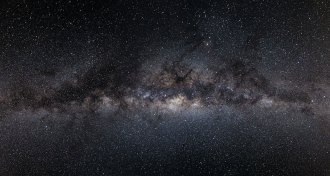 Astronomy
AstronomyA dozen new black holes found in Milky Way’s center
Twelve small black holes spotted in the Milky Way’s center suggest thousands more in the galaxy’s inner region.
-
 Cosmology
CosmologyWhy the Nobel Prize might need a makeover
In Losing the Nobel Prize, astrophysicist Brian Keating discusses the downsides of science’s top honor.
-
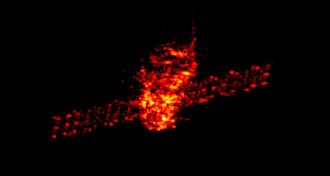 Astronomy
AstronomyA Chinese space station will fall to Earth this weekend
The Chinese space agency’s first space station is coming back to Earth this weekend. It probably won’t cause damage, but it will cause fireworks.
-
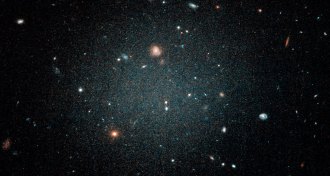 Astronomy
AstronomyDark matter is MIA in this strange galaxy
A galaxy without dark matter bolsters the case that the invisible substance really exists.
-
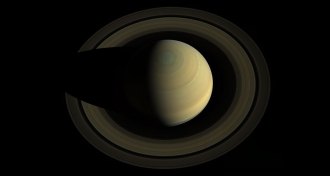 Planetary Science
Planetary Science5 things we’ve learned about Saturn since Cassini died
The Cassini spacecraft plunged to its death into Saturn six months ago, but the discoveries keep coming.
-
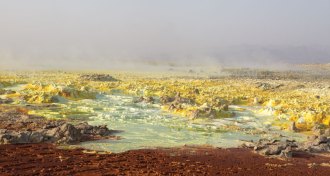 Earth
EarthWill Smith narrates ‘One Strange Rock,’ but astronauts are the real stars
Hosted by Will Smith, ‘One Strange Rock’ embraces Earth’s weirdness and explores the planet’s natural history.
-
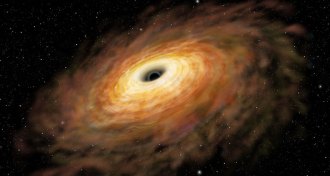 Astronomy
AstronomyAstronomers can’t figure out why some black holes got so big so fast
Early supermassive black holes are challenging astronomers’ ideas about how the behemoths grew so quickly.
-
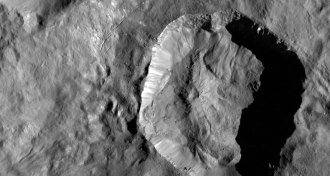 Planetary Science
Planetary ScienceDwarf planet Ceres may store underground brine that still gushes up today
Waterlogged minerals and changing ice add to evidence that Ceres is geologically active.
-
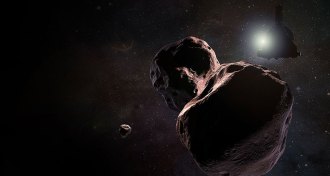 Astronomy
AstronomyNew Horizons’ next target has been dubbed Ultima Thule
NASA has named New Horizons spacecraft’s next target Ultima Thule after the public suggested tens of thousands of monikers for the Kuiper Belt object.
By Mike Denison -
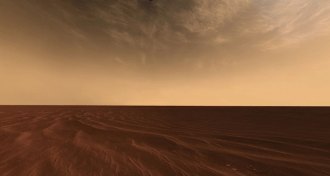 Planetary Science
Planetary ScienceCosmic dust may create Mars’ wispy clouds
Magnesium left by passing comets seeds the clouds of Mars, a new study suggests.
-
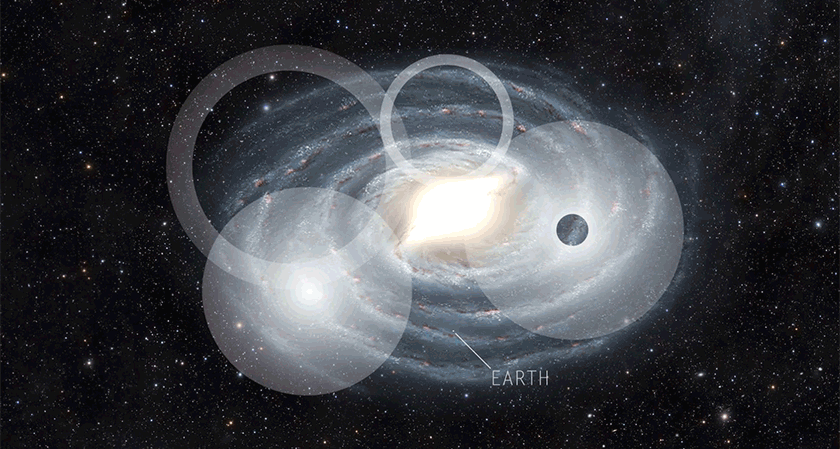 Astronomy
AstronomyWe probably won’t hear from aliens. But by the time we do, they’ll be dead.
Astronomers build on the Drake Equation to probe the chance that humans will find existing aliens. The answer: Not likely.
-
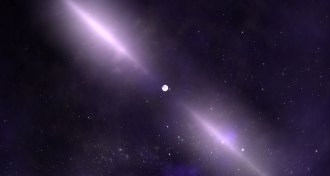 Astronomy
Astronomy50 years ago, pulsars burst onto the scene
Thousands of pulsars have been discovered since the announcement of their detection 50 years ago.